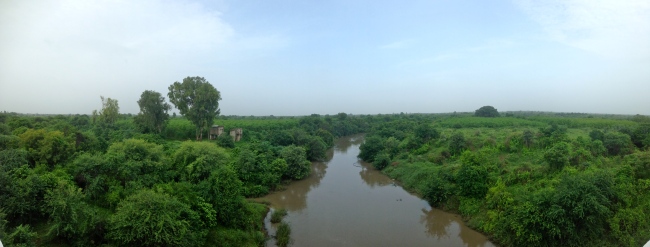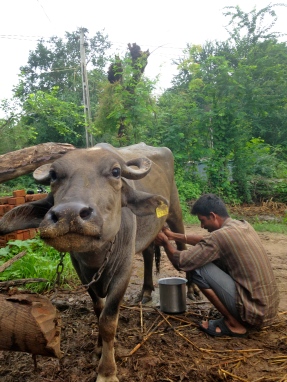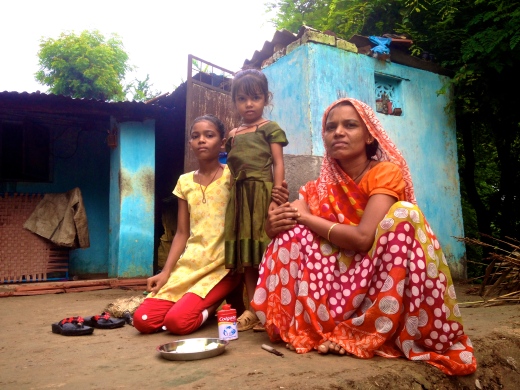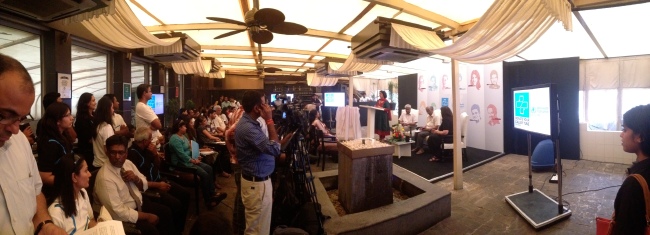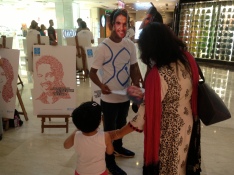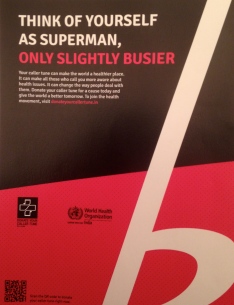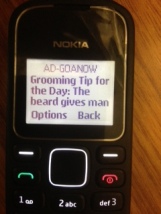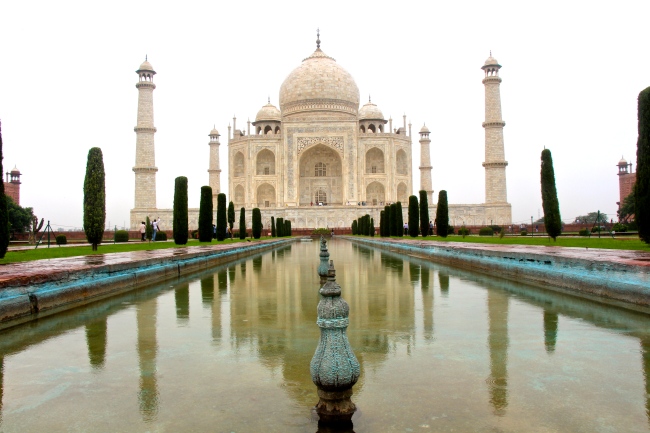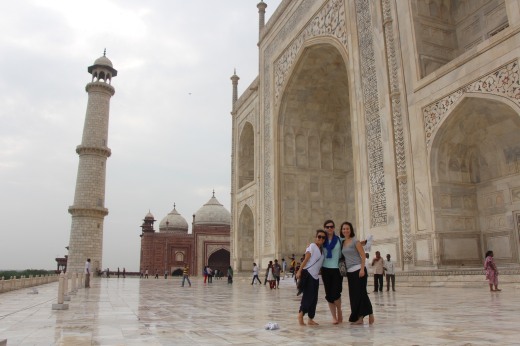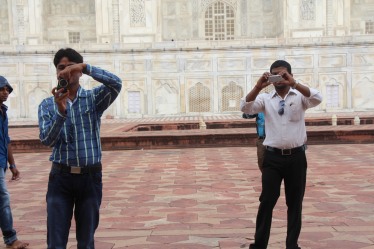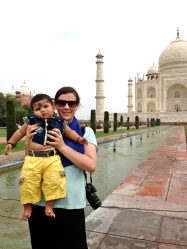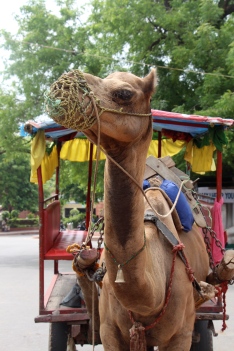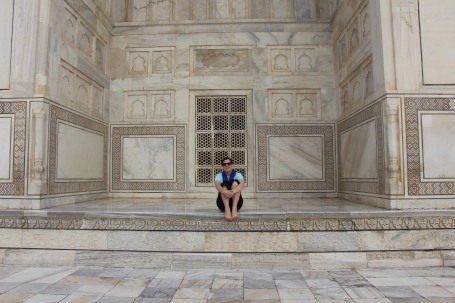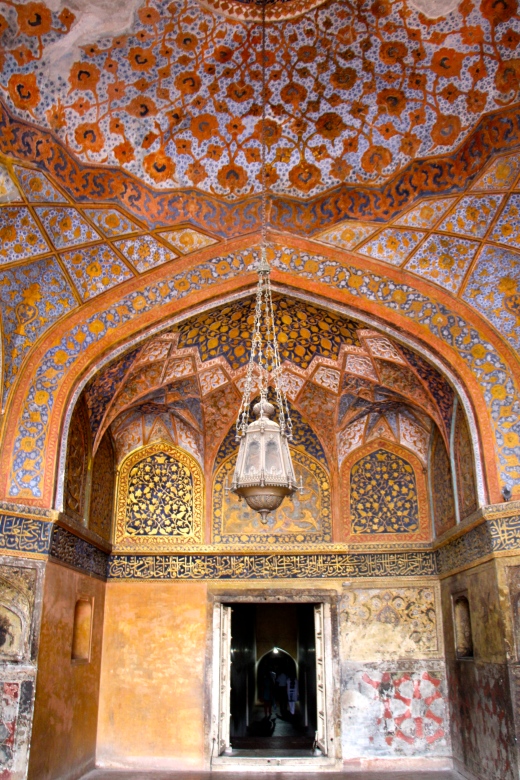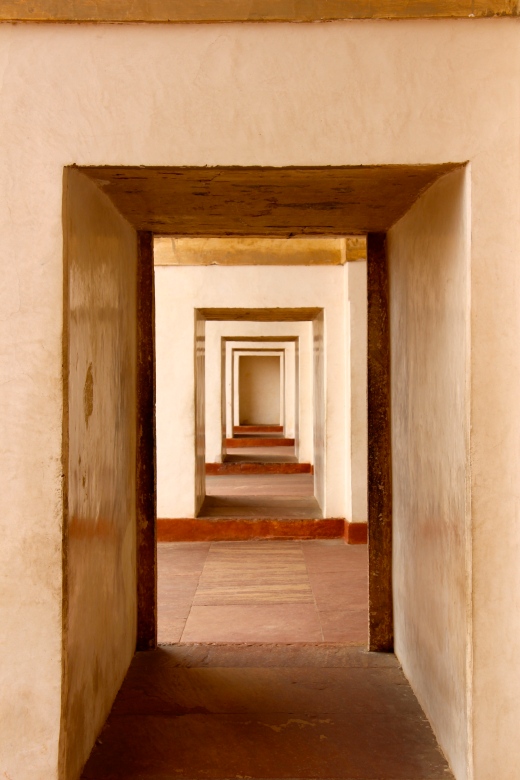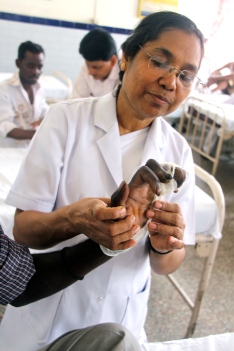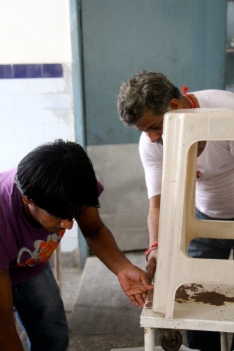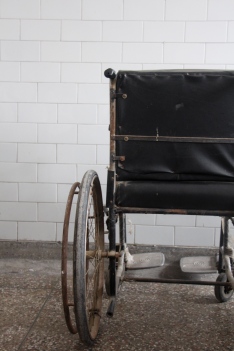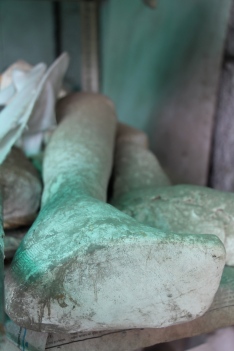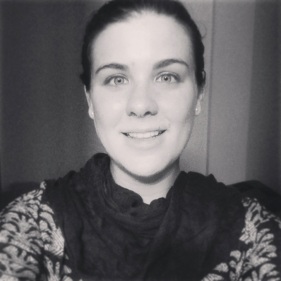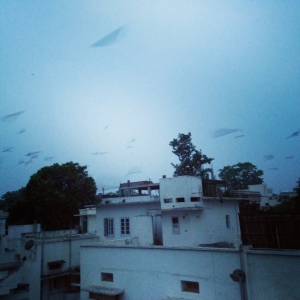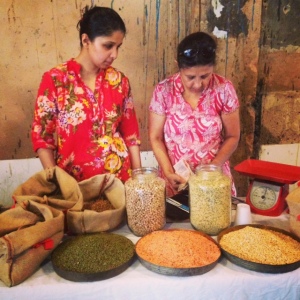 Among white women of college age, one in three visited indoor tanning salons in 2010 according to the CDC.
Among white women of college age, one in three visited indoor tanning salons in 2010 according to the CDC.
Oh my pale skinned ladies! What is becoming of us? I thought that the one upside of that whole “Twilight” thing would be a resurgence of appreciation for porcelain skin. Alas, it looks like indoor tanning continues to be a scourge that will take more than hormonally crazed vampire fans to overcome.
This is a really important message and one that seems to fall on deaf ears. I think that it can be very hard for young adults to delay gratification for an abstract gain later in life. We are, after all, the YOLO (you only live once) generation (shudder). Even aesthetic reasons aren’t compelling: “I don’t care if I look like a prune late in life” is a response I get when informing adolescent patients about the consequences of sun exposure. And cancer risk? It hardly seems relevant and gets filtered out with the rest of the fear-based assault by the media and heath professionals.
Despite efforts from many dermatologic organizations and dedicated sunscreen wielding parents (we call my mom sergeant sunscreen), the incidence of melanoma (skin cancer) has increased fourfold since the 1970s for women under 40. Egads!
I don’t know what the answer is. Before I left, I was trying to start a program at my med school where med students and resident physicians would visit sorority houses and answer their questions about skin care etc with an emphasis on sun/UV safety, specifically indoor tanning. For example: many people feel that a base tan is actually protective- what they don’t realize that any suntanned skin is de facto sun damaged skin. In this way, we could treat these college students like the adults that they are and simply answer their questions without shoving information down their throats. Plus, I think that having people close in age might make the message feel a bit more palatable and relevant. But in truth, I don’t know what the best methods are for this intervention.
And I won’t pretend that it’s limited to women in adolescence or very early adulthood. In fact, I am hardly a role model of great sun protection. Even with all education and dedication to dermatology- I too have fallen prey to forgetfulness when it comes to sunscreen: witness my freckles on the right hand side. But I continue to try to be vigilant in my crusade against the sun’s harmful rays even while enjoying my time in India and Thailand. And I’ve learned to accept my paleness- it’s what makes me who I am. Meanwhile, I will try not to sigh every time I see someone’s comment on a friend’s facebook photo: “you look so tan and healthy!”

